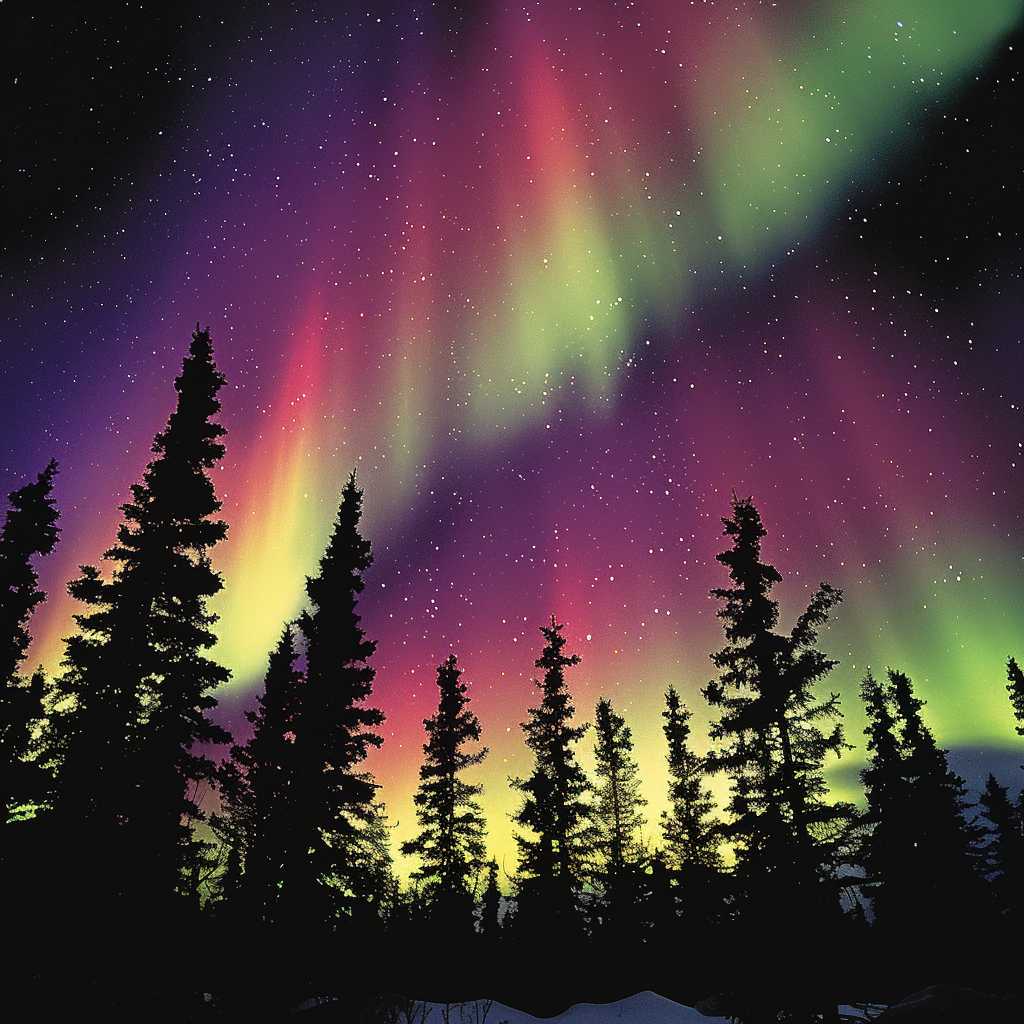Understanding Geomagnetic Storms: An In-Depth Exploration
A geomagnetic storm is an intense disturbance of Earth’s magnetosphere that occurs when there is a very efficient exchange of energy from the solar wind into the space environment surrounding Earth. These storms result from disturbances in the solar wind that produces major alterations in the currents, plasmas, and fields in Earth’s magnetosphere. Understanding geomagnetic storms is critical for modern society, given their potential impacts on space-based systems and technologies that are vital to our day-to-day activities. This article delves into the nature, causes, effects, and measures related to geomagnetic storms.
Solar Origins and the Solar Wind Explanation
Geomagnetic storms are primarily caused by interactions between the Earth’s magnetosphere and the solar wind—a stream of charged particles (mostly electrons and protons) emitted by the sun. The sun periodically releases large clouds of these charged particles, particularly during periods of intense solar activity such as solar flares and coronal mass ejections (CMEs). When these particles reach Earth, they can interact with the magnetosphere in complex ways.
The intensity of geomagnetic storms is measured on various scales, with the G-scale used in the United States indicating storm severity from G1 (minor) to G5 (extreme). These storms are closely monitored by space weather agencies like NOAA’s Space Weather Prediction Center (SWPC).
Key Phenomena Associated with Geomagnetic Storms
One of the most beautiful consequences of geomagnetic storms are auroras—natural light displays usually visible near the polar regions of Earth. These are called Aurora Borealis or Northern Lights in the northern hemisphere and Aurora Australis or Southern Lights in the southern hemisphere. They are caused by charged solar particles colliding with atoms in Earth’s atmosphere, resulting in stunning displays of color.
However, geomagnetic storms can also have less benign effects. They can disturb satellite communications, affect radio transmissions, and even lead to electrical power outages—as charged particles induce electric currents in power lines and transformers. High latitude regions are particularly vulnerable to such disruptions.
Mitigating Risks in Technology and Communication
Given our reliance on satellite systems for navigation (GPS), communication, and other essential services, understanding and forecasting geomagnetic storms is crucial for preventing damage to these systems. Satellite operators can place spacecraft into ‘safe mode’ to minimize potential damage. Power grid operators can also take mitigative actions to protect infrastructure during significant geomagnetic events.
Forecasting geomagnetic storms is a competent area within space weather prediction, relying on a mix of satellite data, solar observation, and sophisticated models to predict when and how the Earth will be affected by incoming solar phenomena.
Influence on Space Exploration and Aviation
Geomagnetic storms pose operational risks not only for satellites but also for human spaceflight, particularly during missions outside low Earth orbit. Such conditions require careful planning and mitigation strategies from space agencies like NASA and ESA.
For aviation, particularly polar flights, geomagnetic storms can disrupt communication and navigation systems and increase radiation exposure for flight crews and passengers. Consequently, airlines may reroute flights as a precaution during such events.
Notes
Image Description
An image of a vibrant Aurora Borealis stretching across a starlit night sky viewed through silhouetted pine trees on a cold winter night. The colorful aurora shows swathes of green intermingled with purple and red hues indicative of an active geomagnetic storm.
